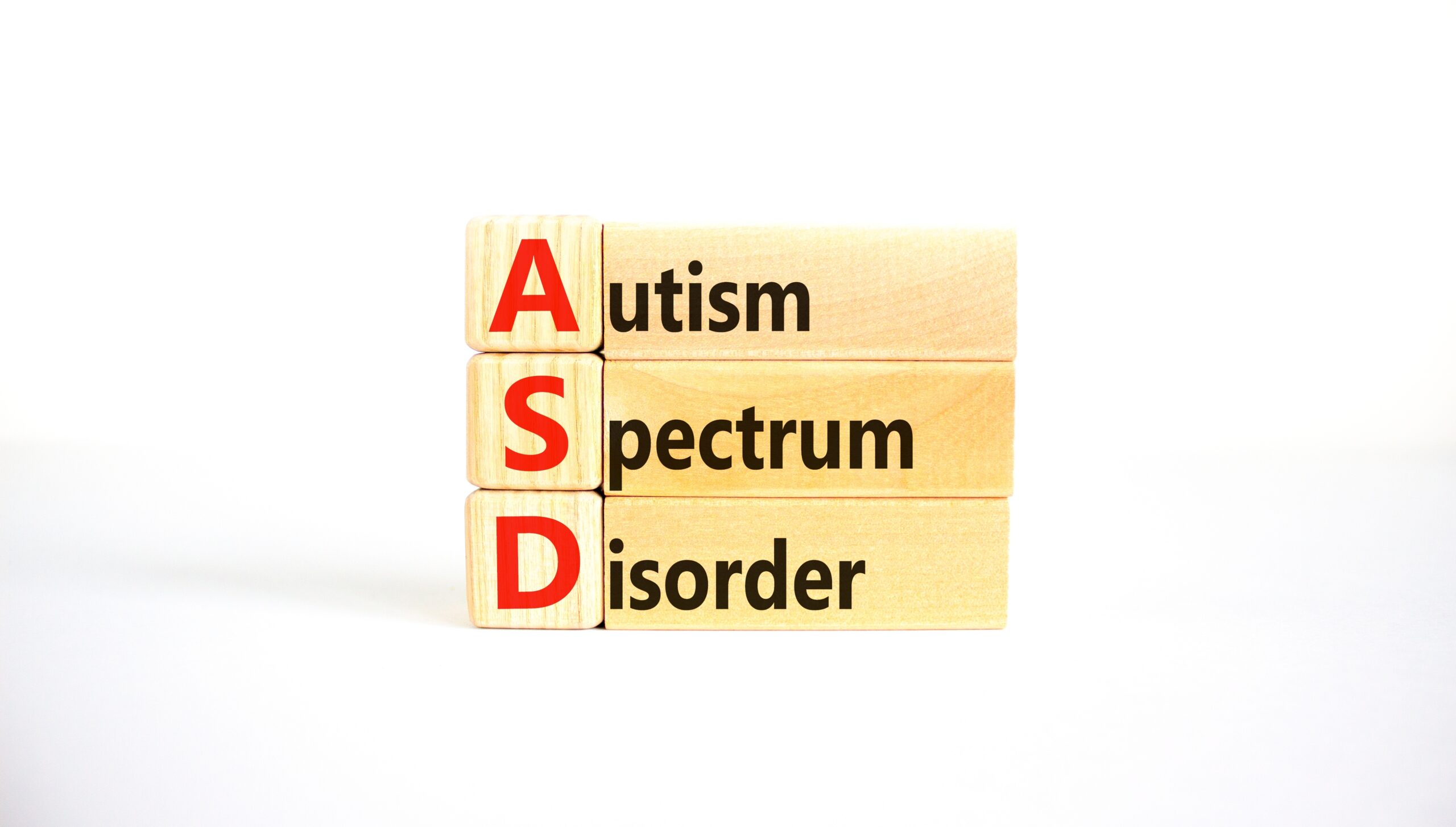If male children are more prone to Autism Spectrum Disorder (ASD) due to PFAS exposure, do ‘safer’ alternatives really exist?
At a Glance
- PFAS, notorious “forever chemicals,” persist in our environment, linked with ASD in males.
- New evidence suggests PFHxA, a supposedly safer short-chain PFAS, may harm male neurodevelopment.
- Research shows PFHxA exposure leads to anxiety, memory issues in male mice, hinting at long-term effects.
- Environmental regulations on PFAS demand scrutiny for developmental safety, especially in males.
The Persistence of “Forever Chemicals”
PFAS, aptly labeled as “forever chemicals,” have inundated our lives, resiliently persisting across generations. Found in everyday items ranging from food packaging to personal care products, these synthetic chemicals have recently been spotlighted for the increased risk they pose to male neurodevelopment. Even short-chain variations previously considered safer, such as PFHxA, are raising new alarm bells due to their potentially harmful effects.
Toxins that are most likely to contribute to causing autism in genetically predisposed individuals:https://t.co/f0gNKzQXQC
— Remove #8647 Him (@Rainbird42true) April 16, 2025
The University of Rochester study underscores this growing concern, exposing male mice to PFHxA. This exposure affected the creatures’ activity, memory, and behavior notably, with outcomes such as increased anxiety and reduced activity levels. Interestingly, female mice did not exhibit similar symptoms, underscoring a potential gender-specific vulnerability.
Impact on Male Neurodevelopment
Early environmental insults can disrupt critical neurological development stages in males, leading to heightened ASD cases. “Although these effects were mild, finding behavioral effects only in males was reminiscent of the many neurodevelopmental disorders that are male-biased,” stated Ania Majewska, Ph.D. The link between chemical exposure and ASD necessitates urgent examination of the substances we deem benign.
While neurodevelopmental disorders like autism and ADHD have always been more prevalent in males, PFHxA’s potential role in exacerbating this imbalance is unsettling. “This finding suggests that the male brain might be more vulnerable to environmental insults during neurodevelopment,” Dr. Majewska reiterated, demanding comprehensive research into the molecular effects of PFAS exposure.
Potential for Policy Changes
The research motto now echoes—evaluate before it’s too late. With evidence stacking up, neglecting to revisit assumptions regarding the safety of so-called “safe” short-chain PFAS could cost the well-being of future generations. “Finding that developmental exposure to PFHxA has long-term behavioral consequences in a mammalian model is concerning when considering short-chain PFAS are thought to be safer alternatives,” explained Elizabeth Plunk, Ph.D.
In 2024, the Environmental Protection Agency established its first drinking water standards for PFAS, a gesture towards reducing exposure. However, policymakers and scientists alike face the ongoing challenge of ensuring substance safety, advocating for a world immune from the clutches of “forever chemicals.” The broader public health imperatives are clear—it’s high time to mitigate PFAS exposure risks.








